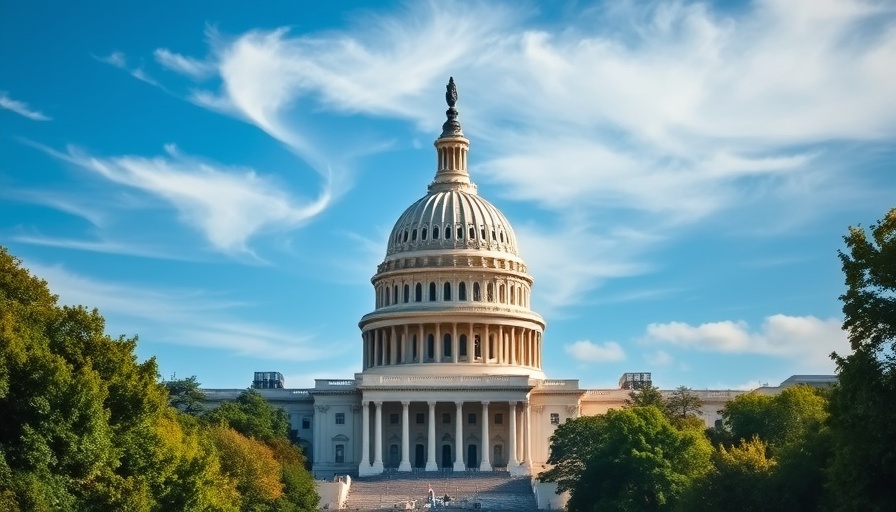
Understanding the Chronic Disease Landscape Among Older Americans
As many as 76% of U.S. adults are affected by chronic health conditions, with a staggering figure of 93% among older adults aged 65 and above as of 2023. This alarming trend underscores a growing public health concern, significantly impacting both quality of life and economic stability, especially for seniors who are often on fixed incomes. From high blood pressure to diabetes, the prevalence of these conditions reflects a critical need for awareness and action.
Key Chronic Conditions: What You Need to Know
Among older Americans, several chronic diseases are predominant. According to the CDC, high blood pressure, high cholesterol, and arthritis top the list, with obesity and diabetes also marked as growing threats. Notably, while the percentage of individuals suffering from high cholesterol has slightly decreased over the past decade, obesity rates have surged from 26.5% to 30.3%. This contrast emphasizes the importance of lifestyle modifications in tackling these health challenges.
Social Connection: The Repercussions of Chronic Conditions
The implications of chronic diseases extend beyond physical health. The emotional and social ramifications can be profound. Older adults often experience increased feelings of isolation due to health complications that limit mobility or opportunities for social interaction. Engaging in community health initiatives can combat this isolation while promoting a healthier lifestyle through group exercises or wellness seminars, reminding us of the power of connection.
Future Insights: Chronic Diseases and Economic Realities
With rising healthcare costs, the financial strain of managing chronic conditions is particularly burdensome for older Americans. For those living on fixed incomes, the cost of medications, doctor’s visits, and treatment becomes a daunting aspect of life. Addressing these chronic conditions early can lead to better long-term outcomes and potentially lower healthcare costs, making it imperative for individuals and families to prioritize preventive healthcare.
Proactive Strategies: Managing Health and Finances
Understanding the financial implications of health is essential for effective planning. Implementing a proactive health strategy includes regular check-ups, monitoring health metrics, and adopting healthy lifestyle habits such as exercising and nutritious eating. Moreover, financial wellness is just as crucial; integrating budgeting practices for healthcare expenses, such as tracking medical expenses and exploring insurance options, can ease the burden on finances.
Empowering Knowledge: Tools and Resources for Better Health
Several tools and resources are available to guide individuals in managing their health and critical financial decisions more effectively. From health apps that facilitate tracking daily metrics like blood pressure and weight, to budgeting tools that assist in planning expenses related to healthcare, leveraging technology can empower older adults.
Engagement and Community Wellness Initiatives
Active participation in community wellness initiatives can create support systems, making it easier for older adults to navigate their health challenges. Many local organizations offer resources, workshops, and classes aimed at mental and physical well-being, fostering a sense of community and engagement.
Your Path to Financial and Physical Wellness
The daunting statistics surrounding chronic diseases among older Americans push the need for awareness and action. By taking proactive steps—from monitoring your health to managing your finances—you can improve your quality of life. Start by learning more about community resources available to you, and don’t shy away from seeking help. The sooner you address health and financial issues, the better off you’ll be.
Don't wait to take control of your health and financial well-being; consider signing up for a local health seminar or workshop to get started! Together we can build a healthier, more financially savvy community.
 Add Row
Add Row  Add
Add 




Write A Comment